OXYZ Volatility Guide: How to Profit from Price Swings
Understanding OXYZ Volatility and Its Importance
Price volatility in cryptocurrency markets refers to the rapid and unpredictable changes in asset prices over short periods. For OXYZ, the native token of the Oxya Origin ecosystem, volatility is a defining characteristic, especially compared to traditional financial assets. OXYZ has consistently demonstrated higher price volatility, with average daily fluctuations of 4-8% during normal market conditions and up to 15-20% during high-impact news events. This pronounced volatility is typical of emerging cryptocurrency assets, particularly those with market capitalizations under $10 billion.
Understanding OXYZ's volatility is essential for investors because it directly impacts:
- Risk management strategies
- Profit potential
- Optimal position sizing
Since OXYZ's launch in Q1 2024, those who have successfully navigated its volatility cycles have potentially achieved returns significantly outperforming static buy-and-hold strategies, especially during bear market periods when strategic OXYZ trading becomes particularly valuable. For traders focusing on technical analysis, OXYZ's distinct volatility patterns create identifiable trading opportunities that can be capitalized on using specific technical indicators designed to measure OXYZ price fluctuation intensity and duration.
Key Factors Driving OXYZ's Price Fluctuations
OXYZ's volatility is primarily influenced by several key factors:
- Liquidity dynamics: Sudden volume surges often precede major OXYZ price movements.
- Market sentiment and news-driven price movements
- OXYZ trading volume relationship with volatility
- Technological developments and network upgrades
- Regulatory influences and macroeconomic correlations
Historical data shows that trading volumes typically increase by 150-300% during major trend reversals, providing alert OXYZ traders with early warning signals for potential volatility spikes. External factors significantly impacting OXYZ include regulatory announcements, particularly from major financial authorities in the US, EU, and Asia. For instance, when the SEC announced its position on similar digital assets in May 2023, OXYZ experienced a 35% price swing within 48 hours, highlighting the critical importance of staying informed about regulatory developments.
OXYZ's unique correlation with its underlying technology sector also creates cyclical OXYZ volatility patterns tied to technological milestone announcements and partnerships. The project's quarterly roadmap updates have historically triggered short-term volatility followed by sustained trend movements, creating predictable OXYZ trading windows for prepared investors.
Identifying and Analyzing OXYZ's Market Cycles
Since its inception, OXYZ has undergone three distinct market cycles, each characterized by:
- OXYZ accumulation phases lasting 3-4 months
- Explosive growth periods of 1-2 months
- Corrective phases spanning 2-6 months
These OXYZ cycles have followed a 0.76 correlation with the broader altcoin market but with distinctive amplitude and timing variations. The most significant bull cycle began in November 2023 and lasted until February 2024, during which OXYZ appreciated by 580% from trough to peak. This cycle demonstrated the classic Wyckoff accumulation pattern followed by markup and distribution phases, with decreasing volume on OXYZ price increases eventually signaling the cycle's maturity.
Technical indicators that have proven most reliable for identifying OXYZ's cycle transitions include:
- 50-day and 200-day moving average crossovers
- RSI divergences
- MACD histogram reversals
Notably, OXYZ typically leads the broader market by 10-14 days during major trend changes, potentially serving as an early indicator for related assets.
Technical Tools for Measuring and Predicting OXYZ Volatility
Essential volatility indicators for OXYZ include:
- Average True Range (ATR): 14-day ATR values above 0.15 historically coincide with high-opportunity OXYZ trading environments.
- Bollinger Band Width: Set to 20 periods and 2 standard deviations, this provides a standardized volatility measurement that helps identify volatility contractions that typically precede explosive OXYZ price movements.
- Volume-based indicators: On-Balance Volume (OBV) and Volume Price Trend (VPT) have demonstrated 72% accuracy in predicting OXYZ's volatility expansions when properly calibrated to its unique liquidity profile.
These indicators are particularly valuable during OXYZ consolidation phases when price action appears directionless but volume patterns reveal accumulation or distribution occurring beneath the surface. For cycle identification, the Stochastic RSI set to 14,3,3 has historically generated the most reliable signals for OXYZ's local tops and bottoms, especially when confirmed by bearish or bullish divergences on the daily timeframe. Traders who combined these indicators with Fibonacci retracement levels drawn from previous major OXYZ cycle highs and lows have achieved significantly improved entry and exit timing.
Developing Effective Strategies for Different OXYZ Volatility Environments
During high volatility periods for OXYZ, successful traders have employed:
- Scaled entry techniques: Purchasing 25-30% of their intended position size at initial entry and adding additional portions on pullbacks to key OXYZ support levels. This results in improved average entry prices and reduced emotional trading during turbulent market conditions.
Conversely, low OXYZ volatility periods—characterized by Bollinger Band Width contracting to below the 20th percentile of its 6-month range—have proven ideal for:
- OXYZ accumulation strategies: Using limit orders placed at technical support levels.
Historical data shows that OXYZ typically experiences price expansion within 2-3 weeks following extreme volatility contraction, making these periods excellent opportunities for positioning before the next major OXYZ move.
Risk management during all volatility phases has been optimized by using:
- Volatility-adjusted position sizing: Position size is inversely proportional to the current ATR value, ensuring that exposure is automatically reduced during highly volatile OXYZ periods and increased during stable conditions. Traders who implemented this approach experienced approximately 40% reduction in drawdowns while maintaining similar returns compared to fixed position sizing.
Conclusion
Understanding OXYZ's volatility patterns gives investors a significant edge, with volatility-aware OXYZ traders historically outperforming buy-and-hold strategies by 120% during recent market cycles. These distinctive price movements create valuable opportunities for strategic OXYZ accumulation and active trading. To transform this knowledge into practical success, explore our 'OXYZ Trading Guide: From Getting Started to Hands-On Trading.' This comprehensive resource provides detailed strategies for leveraging OXYZ volatility patterns, setting effective entry and exit points, and implementing robust risk management tailored specifically for OXYZ's unique characteristics.
Popular Articles

What is KGeN (KGEN)? Complete Guide to the Gaming Token Revolutionizing Player Rewards
In the rapidly evolving world of blockchain gaming, finding projects that genuinely solve real problems can be challenging. KGeN (Kratos Gamer Network) stands out as a decentralized gaming network des

What is Everlyn AI (LYN)? A Complete Guide to the First Open-Source Video AI Protocol and LYN Token
The convergence of artificial intelligence and blockchain technology has reached a pivotal moment with Everlyn AI, a groundbreaking project that's reshaping how we interact with digital content and au
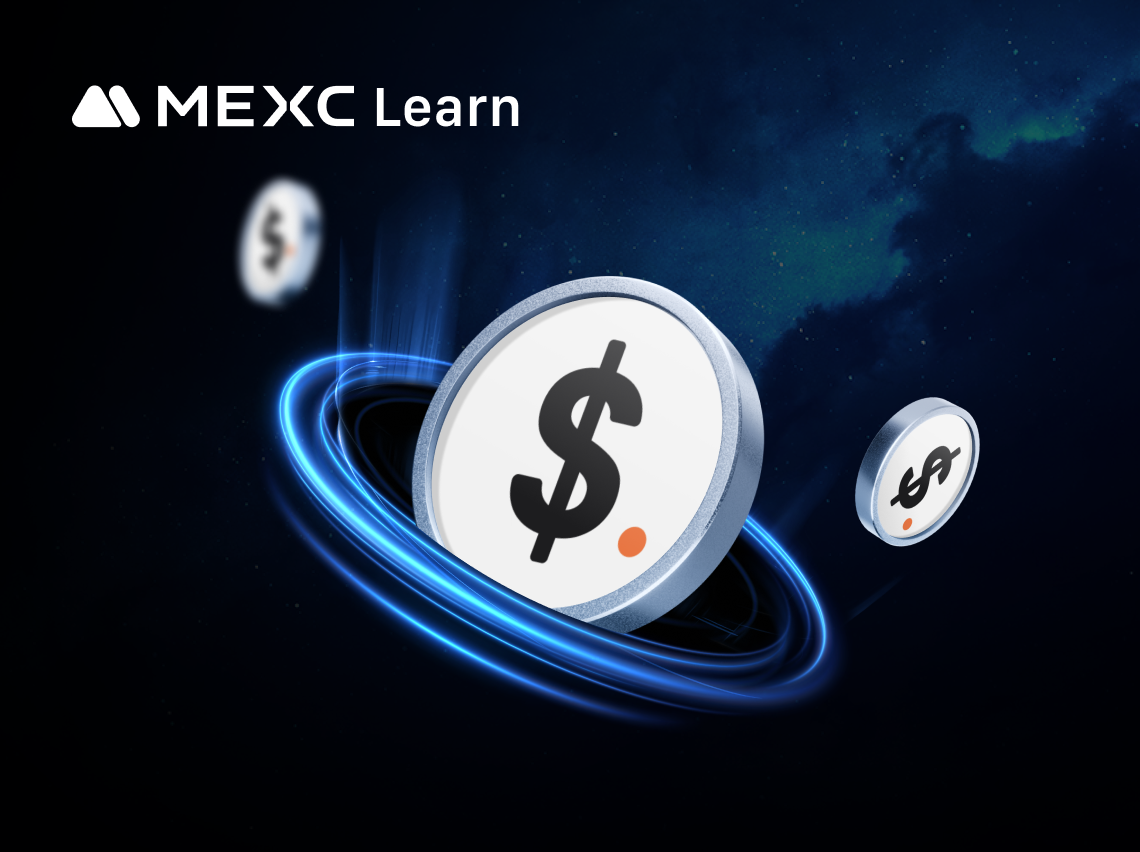
What is USDf? A Quick Guide to Falcon Finance's Innovative Stablecoin Mechanism
TL;DRUSDf is an overcollateralized synthetic dollar built on Ethereum, with a current circulating supply of about 1.899 billion and a market rank of #202.USDf supports both stablecoin and non-stableco
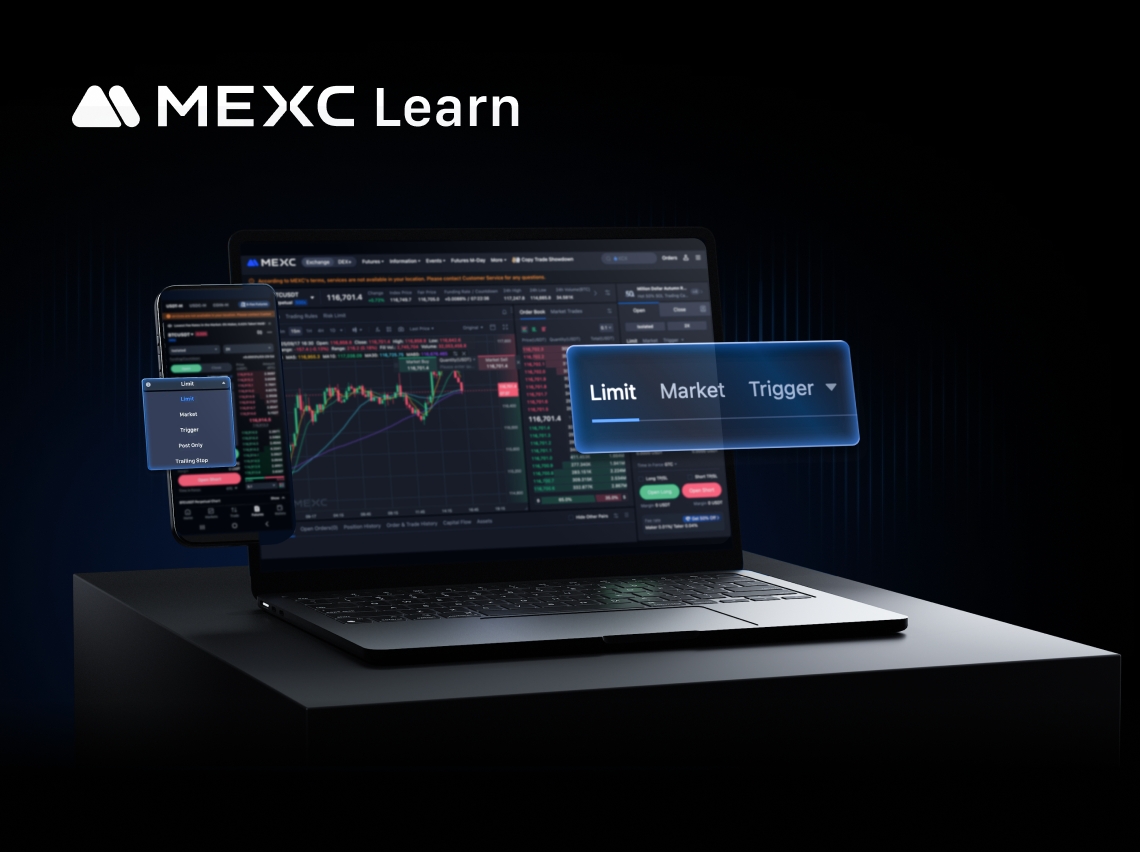
Placing Different Types of Futures Orders
In the fast-paced cryptocurrency futures market, opening a position is the first step and often the key to success or failure. Many traders, especially beginners, rely only on basic market and limit o
Hot Crypto Updates
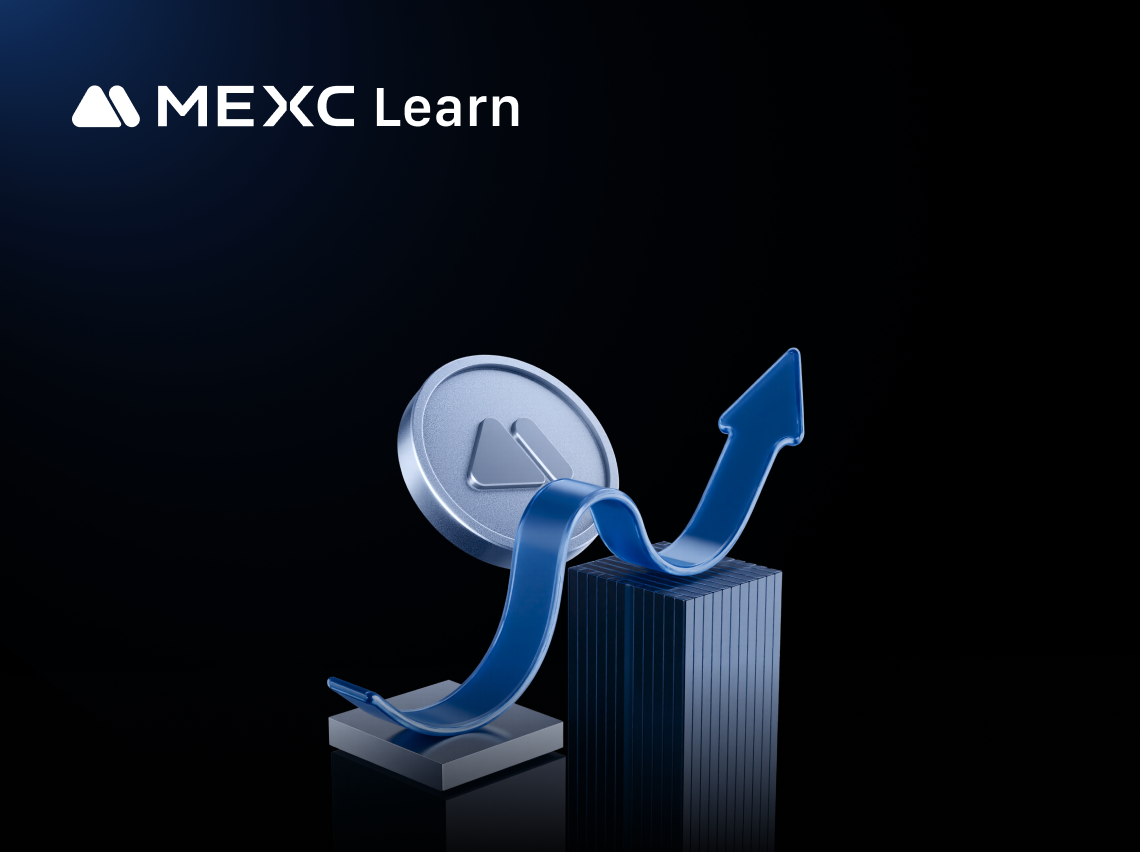
Trust The Process (TRUST) vs Traditional Finance: Regulatory Battle
Understanding the Fundamental ConflictTrust The Process (TRUST) challenges traditional financial regulatory frameworks by leveraging blockchain technology to create a transparent, decentralized ecosys
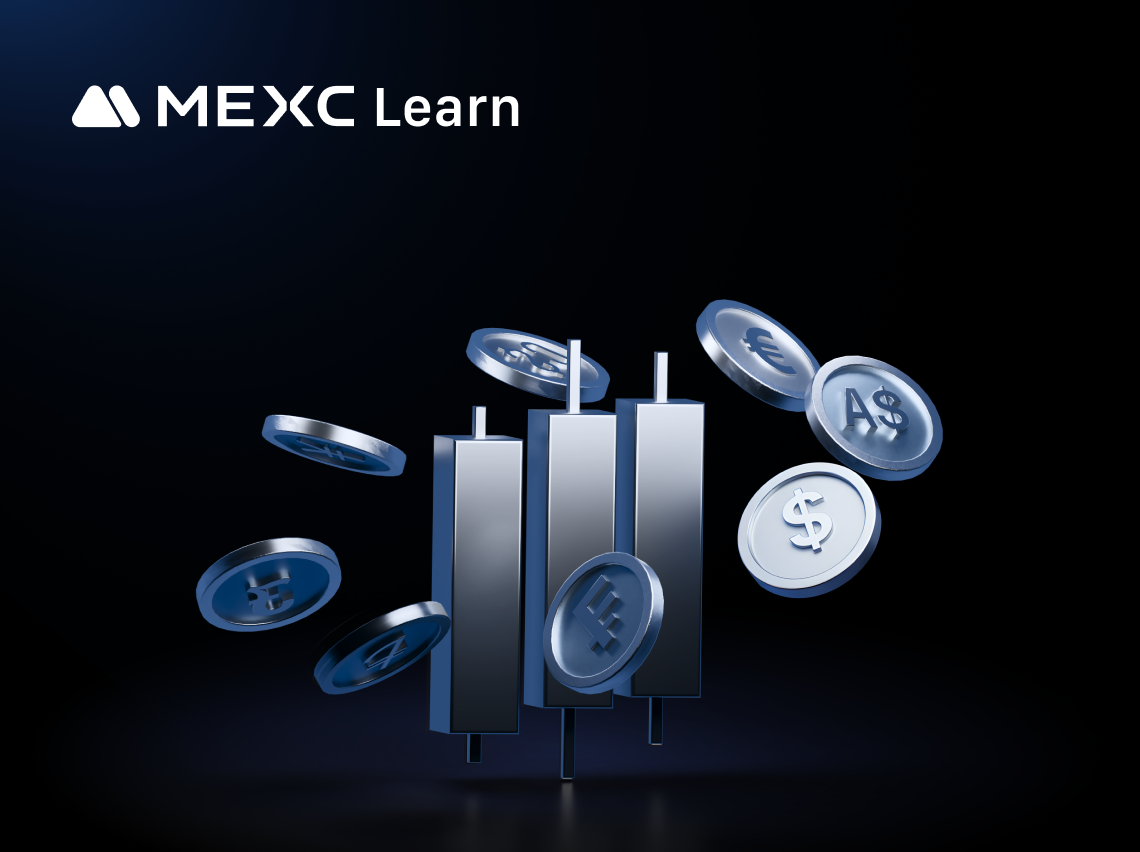
Future of Trust The Process (TRUST) Regulation: Trends to Watch
Introduction to Trust The Process (TRUST) Regulation and EvolutionThe regulatory landscape for Trust The Process (TRUST) is currently in a state of rapid development, with major financial hubs such as

Trust The Process (TRUST) vs Bitcoin/Altcoins: Correlation Trading Guide
What is Market Correlation in Cryptocurrency?Market correlation in cryptocurrency refers to the statistical measure of how two or more digital assets move in relation to each other. Understanding this
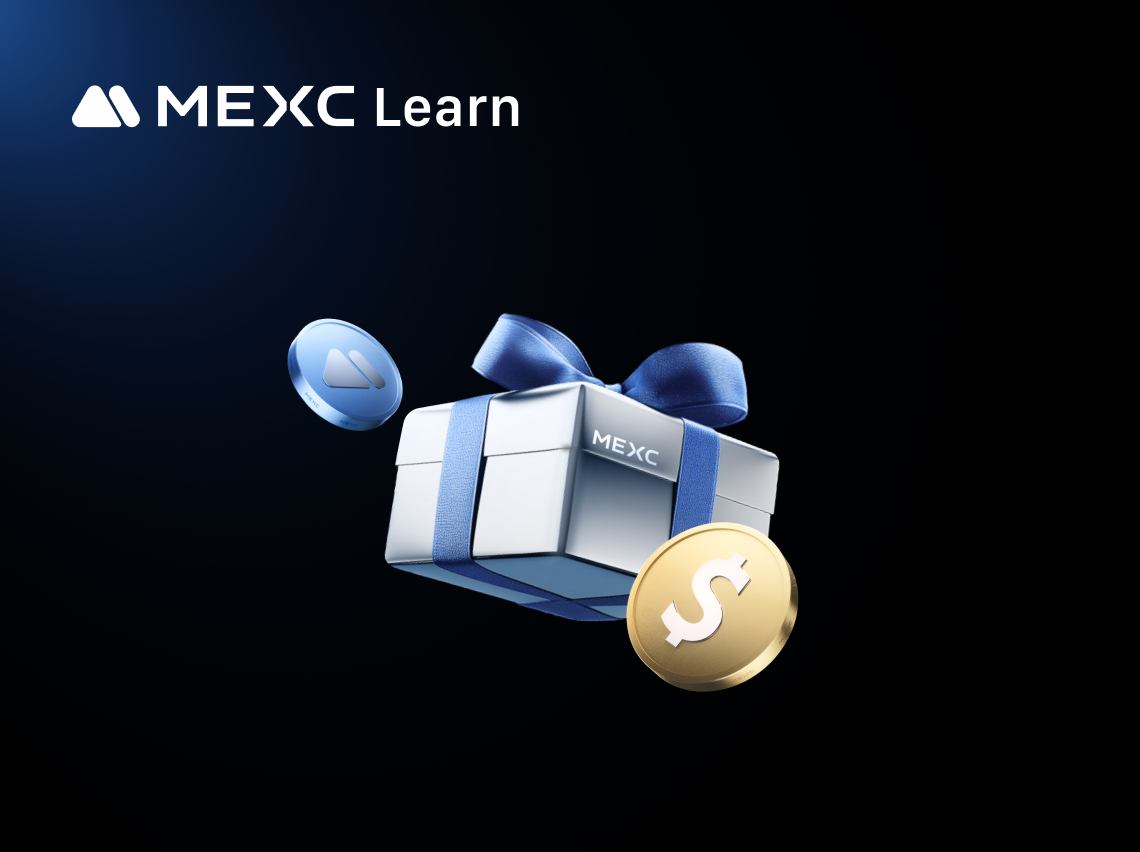
How Global Economy Affects Trust The Process (TRUST): Trader's Guide
Understanding the Relationship Between Macro-Economic Factors and Trust The Process (TRUST)In today's interconnected global economy, Trust The Process (TRUST) has emerged as a utility token designed t
Trending News

US could start funding Strategic Bitcoin Reserve “anytime,” Lummis confirms
The United States could start acquiring funds for the Strategic Bitcoin Reserve at “anytime”, according to pro-crypto Senator Cynthia Lummis, who proposed the initiative last year. After months of qui

Ethereum Fusaka Upgrade Set To Redefine ETH Performance — Here’s What to Expect
Ethereum is entering its next phase of evolution with the Fusaka upgrade. With more than just another technical iteration, Fusaka represents a major step toward solving Ethereum’s long-standing scalab
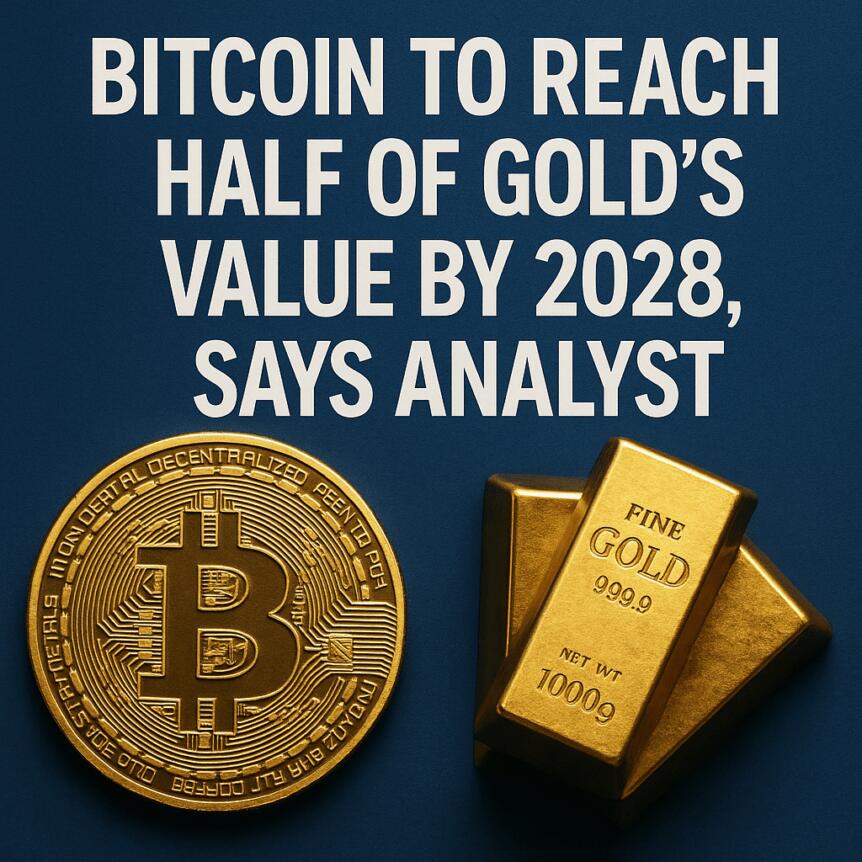
Bitcoin to Reach Half of Gold’s Value by 2028, Says Analyst
Bitcoin’s next halving, expected in 2028, could see its value halving relative to gold, with analysts projecting that the cryptocurrency might reach an equivalent of $644,000 based on current gold pri

A whale address spent 5.5 million USDC to buy HYPE at an average price of $46.3
PANews reported on October 7 that on October 7, according to Onchain Lens monitoring, a whale address deposited 5.5 million USDC into HyperLiquid and purchased 118,989 HYPE at an average price of US$4
Related Articles

What is KGeN (KGEN)? Complete Guide to the Gaming Token Revolutionizing Player Rewards
In the rapidly evolving world of blockchain gaming, finding projects that genuinely solve real problems can be challenging. KGeN (Kratos Gamer Network) stands out as a decentralized gaming network des

What is Everlyn AI (LYN)? A Complete Guide to the First Open-Source Video AI Protocol and LYN Token
The convergence of artificial intelligence and blockchain technology has reached a pivotal moment with Everlyn AI, a groundbreaking project that's reshaping how we interact with digital content and au

What is USDf? A Quick Guide to Falcon Finance's Innovative Stablecoin Mechanism
TL;DRUSDf is an overcollateralized synthetic dollar built on Ethereum, with a current circulating supply of about 1.899 billion and a market rank of #202.USDf supports both stablecoin and non-stableco

Placing Different Types of Futures Orders
In the fast-paced cryptocurrency futures market, opening a position is the first step and often the key to success or failure. Many traders, especially beginners, rely only on basic market and limit o
